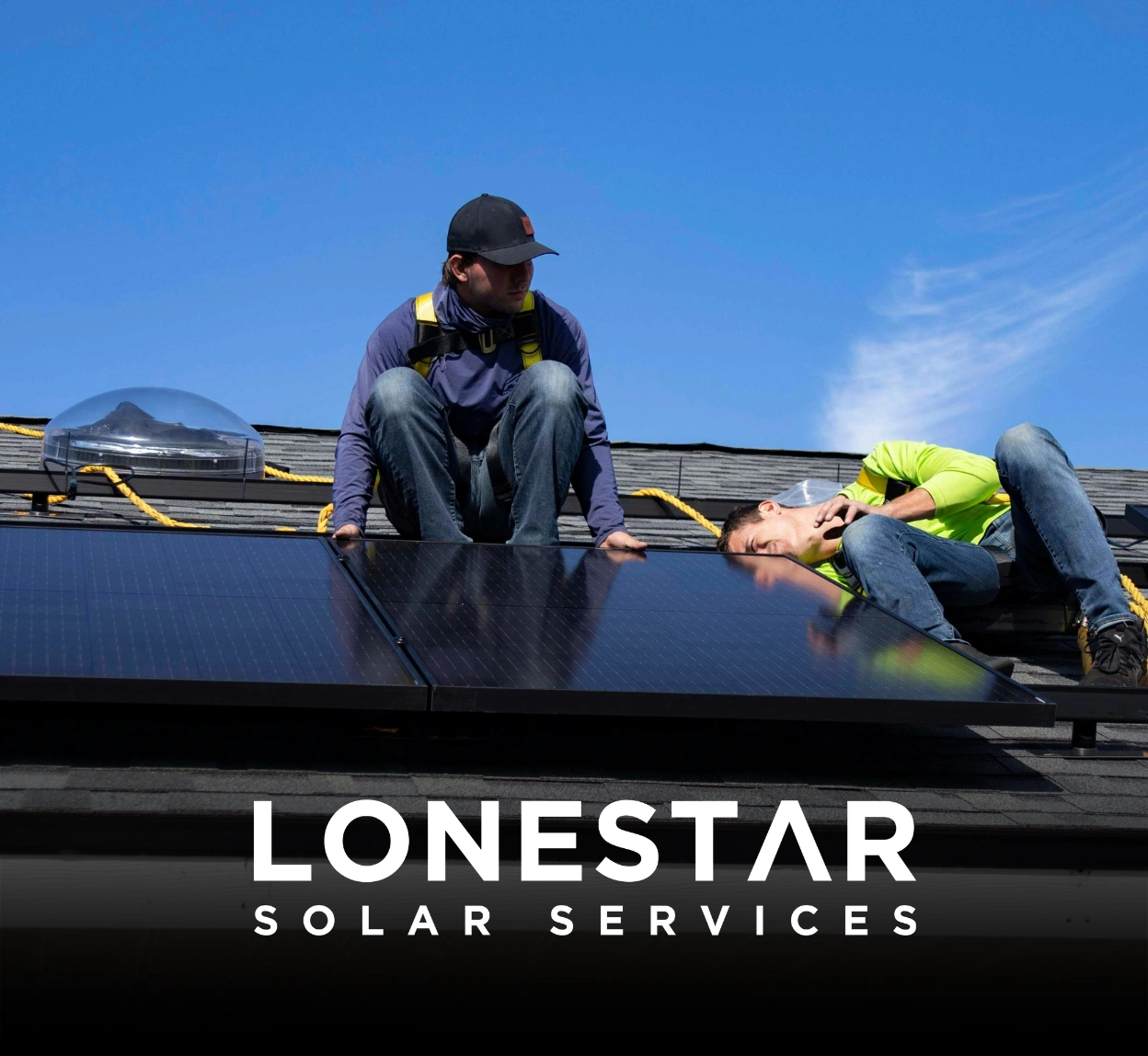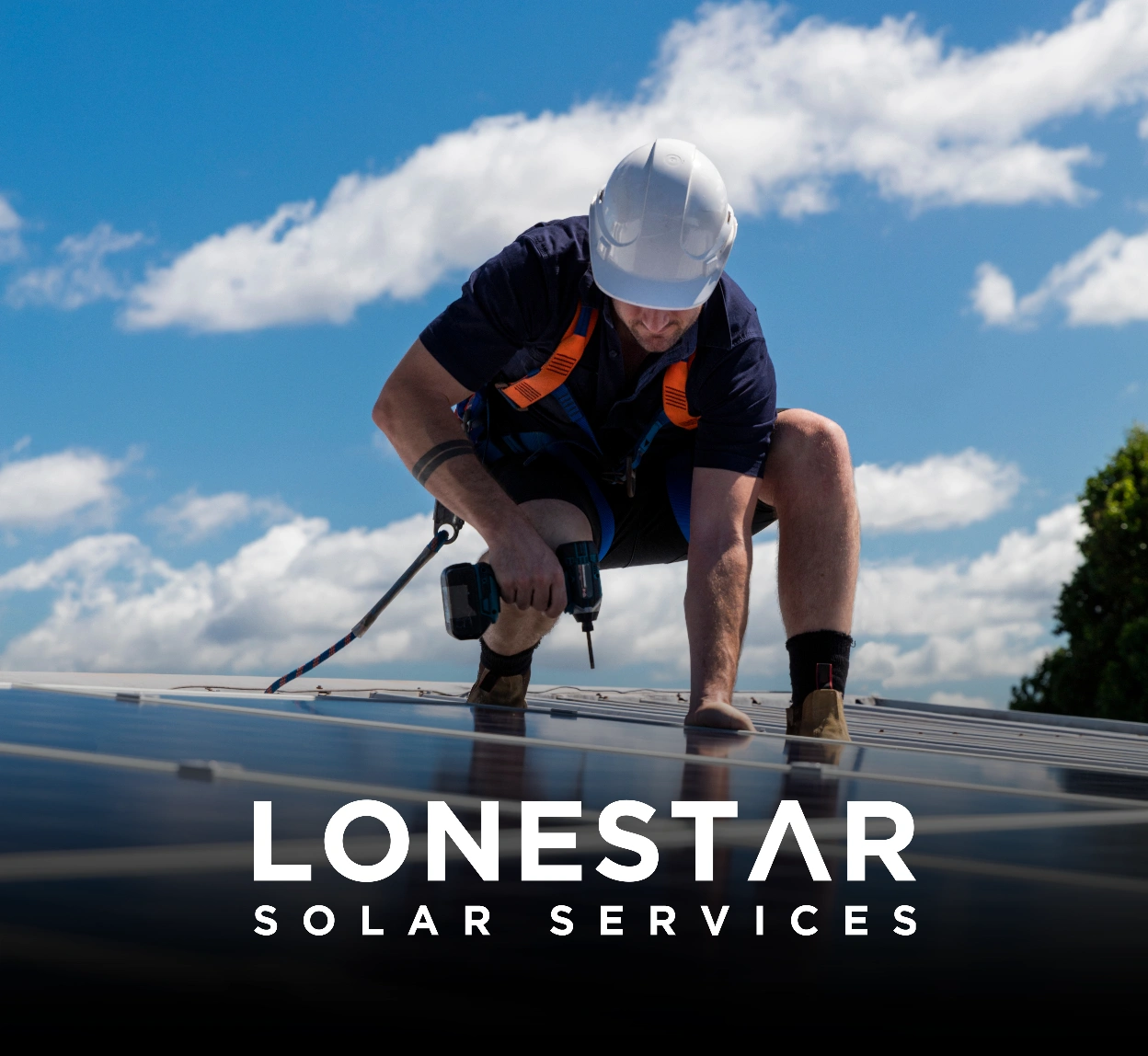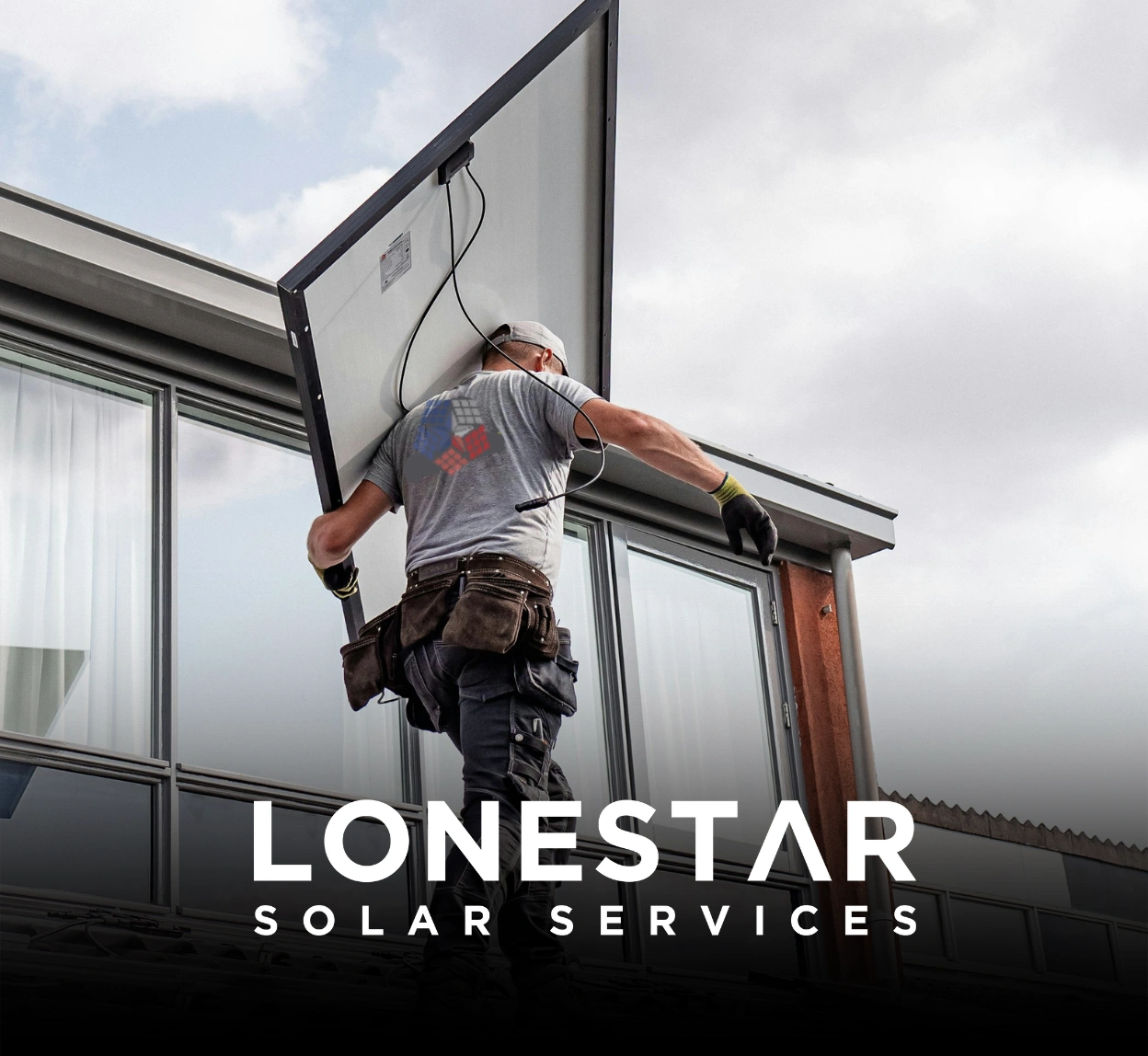Solar Loans, Leases, and Power Purchase Agreements: Decoding Your Options for Residential Solar in Texas
Lonestar Solar Services: Learn about solar loans, leases, and PPAs to finance your Texas solar project wisely. Empower your energy future today!

Introduction: A Texan’s Dilemma in the Face of Rising Energy Costs
Let’s face it: Texans are no strangers to skyrocketing electricity bills. Between blazing summers and the constant hum of air conditioners, energy costs can feel like a runaway horse. But with solar energy, homeowners are presented with a tantalizing question: Is this the ticket to energy independence and financial relief? If you’re considering going solar, the next step is understanding how to fund it. Here’s the big question: Which solar financing option is right for you?
In this guide, we’ll unpack the three main ways to pay for solar: loans, leases, and Power Purchase Agreements (PPAs). Think of this as your no-nonsense roadmap to navigating the solar financing landscape in Texas.
What Are Solar Loans?
Definition
A solar loan allows you to borrow money to purchase a solar energy system outright. Think of it like financing a car: you own the system, pay it off over time, and reap the benefits.
How It Works
- You take out a loan (secured or unsecured) from a lender.
- Use the loan to pay for the solar system and installation upfront.
- Repay the loan in monthly installments, often with interest.
Benefits
- Ownership Advantage: You own the system, so you’re eligible for tax credits like the federal Investment Tax Credit (ITC), which can reduce your upfront costs by 30%.
- Long-Term Savings: Once the loan is paid off, the energy savings are entirely yours.
- Increased Home Value: A solar system can boost your home’s resale value.
Drawbacks
- Loan Terms: Interest rates and loan terms can vary widely, affecting your total cost.
Ideal for
Homeowners with good credit who want to maximize long-term savings and aren’t deterred by monthly payments.
How Do Solar Leases Work?
Definition
With a solar lease, you pay a fixed monthly fee to "rent" a solar system installed on your property. The solar company retains ownership.
How It Works
- The solar provider installs and owns the system.
- You pay a predictable monthly lease fee.
- You benefit from the energy the system produces, reducing your electricity bill.
Benefits
- No Upfront Costs: Most leases require little to no money down.
- Hassle-Free Maintenance: The provider handles all upkeep and repairs.
- Predictable Payments: Fixed monthly fees simplify budgeting.
Drawbacks
- No Ownership: You’re not eligible for tax credits or incentives.
- Limited Savings: Savings on your electricity bill might not outweigh the lease costs.
- Resale Complications: Selling your home can be tricky if the new owner doesn’t want the lease.
Ideal for
Homeowners who want a low-maintenance, no-commitment solution and aren’t focused on maximizing long-term savings.
Power Purchase Agreements (PPAs) Explained
Definition
A PPA is a contract where you agree to buy the electricity generated by a solar system installed on your property. The provider owns and maintains the system.
How It Works
- The provider installs and owns the system on your property.
- You purchase the electricity it generates at a predetermined rate, often lower than your utility’s rates.
Benefits
- No Upfront Investment: Like leases, PPAs typically require no money down.
- Lower Energy Costs: You’re often paying less per kilowatt-hour (kWh) compared to utility rates.
- Maintenance-Free: The provider handles all system upkeep.
Drawbacks
- No Ownership: No access to tax incentives or additional savings from system ownership.
- Escalation Clauses: Some PPAs include annual rate increases.
- Contract Restrictions: Terms can be lengthy and restrictive.
Ideal for
Homeowners who want to save on energy costs without upfront expenses and are okay with long-term agreements.
Comparative Snapshot

Texas-Specific Considerations
Electricity Rates
Texans pay an average of 14.63 cents per kWh (as of 2024), and rates are rising.
State Incentives
Texas doesn’t have a statewide tax credit but offers property tax exemptions for solar installations.
Climate Benefits
With over 230 sunny days annually, Texas provides optimal conditions for solar energy production.
Energy Independence
Solar helps guard against grid instability and rising costs during peak summer demand.
Example Scenario
A typical Texas household uses 1,200 kWh per month. Installing a 7 kW system could generate approximately 9,500 kWh annually, reducing utility dependence by 80% and saving $1,200 to $1,500 annually.
Conclusion: Choosing What Fits Your Needs
Deciding between a solar loan, lease, or PPA boils down to your financial goals, energy needs, and comfort level with commitment. Solar loans offer the highest long-term savings, while leases and PPAs provide low-cost entry points with predictable payments.
Next Steps
- Review your electricity bills to understand your energy usage.
- Research solar providers offering these financing options.
- Consult with a solar expert to customize a solution that fits your home and lifestyle.
Take Control of Your Energy Future
Solar isn’t just about saving money—it’s about investing in independence. The Texas sun is relentless, but so are the benefits of harnessing it. Choose wisely, and let your energy journey start today.











